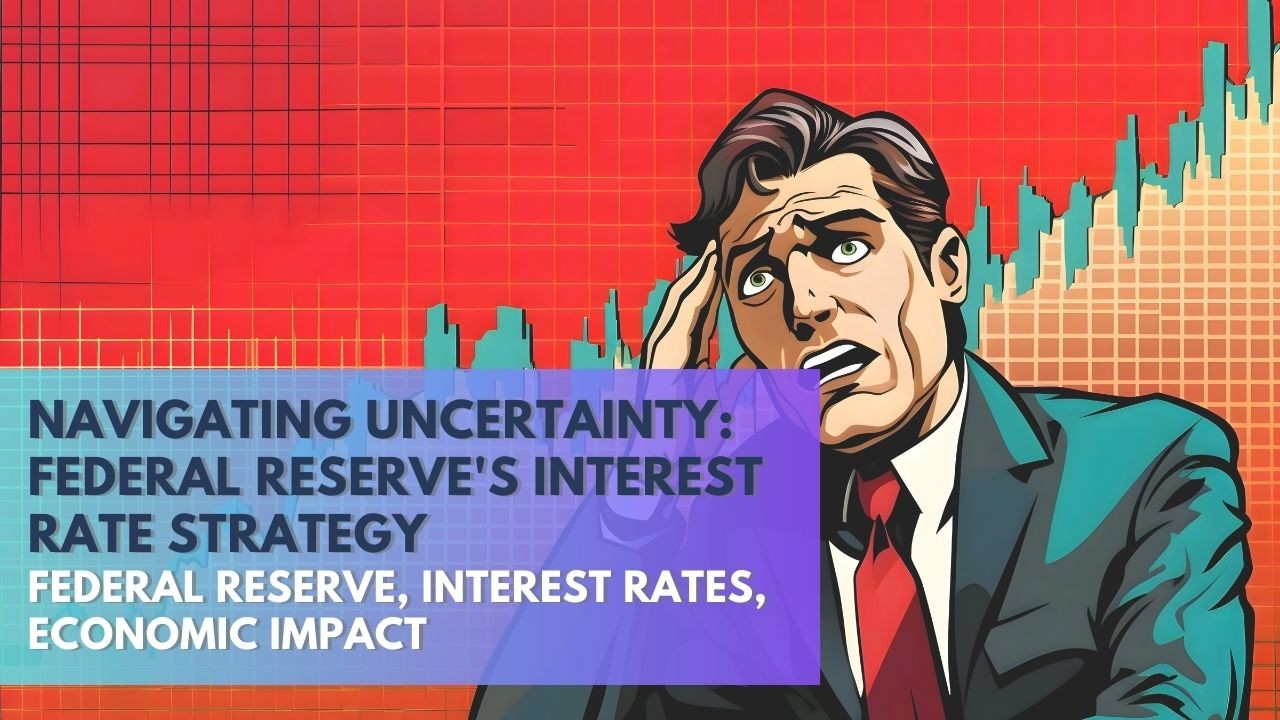Analyzing The Fed's Resistance To Interest Rate Reductions

Table of Contents
Inflationary Pressures Remain a Primary Concern
The persistent and stubbornly high inflation rate remains the primary obstacle to the Fed's consideration of interest rate reductions. The Federal Reserve's mandate is to maintain price stability, and the current deviation from its inflation target is significant. High inflation erodes purchasing power, impacting consumers and businesses alike. Several factors contribute to this persistent inflationary pressure:
- High Inflation Figures (CPI, PCE): Both the Consumer Price Index (CPI) and the Personal Consumption Expenditures (PCE) index, key inflation indicators, have remained consistently above the Fed's target for an extended period. These persistent high figures signal a deep-seated inflationary problem.
- The Fed's Inflation Target and its Current Deviation: The Fed aims for a 2% annual inflation rate. The current deviation from this target, coupled with the persistence of inflation, necessitates a cautious approach to interest rate adjustments. Premature rate cuts could exacerbate inflationary pressures.
- Wage Growth and its Contribution to Inflation: Strong wage growth, while positive for workers, can contribute to a wage-price spiral if businesses pass increased labor costs onto consumers through higher prices. The Fed closely monitors wage growth as an important indicator of inflationary pressures.
- Supply Chain Issues and their Impact on Prices: Lingering supply chain disruptions continue to contribute to higher prices for goods and services. While improving, these issues still exert upward pressure on inflation, complicating the Fed's decision-making process regarding interest rate cuts.
Concerns About a Potential Wage-Price Spiral
One of the most significant concerns driving the Fed's resistance to interest rate reductions is the potential for a wage-price spiral. This self-reinforcing cycle sees rising wages leading to higher prices, which in turn fuels further wage demands, creating a vicious cycle of inflation.
- Explanation of the Wage-Price Spiral Mechanism: A wage-price spiral emerges when increased labor costs drive up prices, prompting workers to demand higher wages to compensate for the reduced purchasing power. This creates an upward pressure on both wages and prices.
- Data Showing Wage Growth and its Correlation with Inflation: Recent data shows a strong correlation between wage growth and inflation, reinforcing the Fed's concerns about a potential wage-price spiral. The Fed is carefully analyzing this data to gauge the risk of such a scenario.
- Analysis of the Fed's Models and Projections for Future Inflation: The Fed's sophisticated econometric models project future inflation scenarios, factoring in wage growth, supply chain dynamics, and other economic indicators. These projections are crucial in shaping their monetary policy decisions.
- Potential Policy Responses to Curb a Wage-Price Spiral: To prevent a wage-price spiral, the Fed may employ various policy tools beyond interest rate adjustments, such as quantitative tightening or forward guidance, to manage inflationary expectations.
Maintaining Financial Stability and Avoiding Market Volatility
Rapid interest rate reductions could destabilize the financial markets, creating significant risks. The Fed's mandate includes maintaining financial stability, and a sudden shift in monetary policy could have unintended consequences:
- Potential Impact on Asset Prices (Stocks, Bonds): Lower interest rates can inflate asset bubbles, leading to potential market corrections when these bubbles burst. The Fed is mindful of this risk and aims to avoid overly stimulating asset markets.
- Risks of Increased Market Volatility and Uncertainty: Unpredictable interest rate changes can increase market volatility and uncertainty, potentially causing panic selling and further destabilizing the financial system.
- Discussion of the Potential for a Credit Crunch: While lower rates usually stimulate borrowing, rapid reductions could lead to a credit crunch if lenders become overly cautious, restricting credit availability. The Fed seeks to maintain a balance to prevent such a scenario.
- The Fed's Mandate to Maintain Financial Stability: The Fed’s dual mandate includes price stability and maximum employment, but maintaining financial stability is an implicit and crucial aspect of its responsibilities. This is a critical consideration when evaluating interest rate adjustments.
The Role of Data Dependency in the Fed's Decision-Making
The Fed's approach to interest rate adjustments is deeply data-dependent. They carefully monitor various economic indicators before making any decisions.
- Examples of Key Economic Indicators the Fed Monitors: The Fed considers a wide range of indicators including CPI, PCE, unemployment rates, industrial production, and consumer confidence indices.
- Importance of Data Revisions and their Influence on Policy: Economic data is often revised, and the Fed accounts for these revisions in their policy decisions. This reinforces the importance of careful observation and analysis.
- Analysis of the Monetary Policy Lag: The Fed understands the lag effect of monetary policy, meaning that the impact of interest rate changes is not immediate. This necessitates a forward-looking approach to policy decisions.
Conclusion: Understanding the Fed's Resistance to Interest Rate Reductions
The Fed's resistance to interest rate reductions stems from a complex interplay of factors. Persistent inflation, concerns about a wage-price spiral, and the imperative to maintain financial stability all contribute to their cautious approach. Understanding the Fed’s nuanced decision-making process, considering factors such as inflation, wage growth, and the potential for market volatility is critical for investors and economic stakeholders. Stay updated on the latest developments regarding the Fed's resistance to interest rate reductions by following our blog and subscribing to our newsletter. Understanding the nuances of the Fed's monetary policy is crucial for navigating the current economic climate.

Featured Posts
-
 Trumps Transgender Military Ban Deciphering The Double Speak
May 10, 2025
Trumps Transgender Military Ban Deciphering The Double Speak
May 10, 2025 -
 Skandalnoe Zayavlenie Stivena Kinga Protiv Trampa I Maska
May 10, 2025
Skandalnoe Zayavlenie Stivena Kinga Protiv Trampa I Maska
May 10, 2025 -
 Discover The Perfect Venue Olly Murs At A Magnificent Castle Near Manchester Music Festival
May 10, 2025
Discover The Perfect Venue Olly Murs At A Magnificent Castle Near Manchester Music Festival
May 10, 2025 -
 Zolotaya Malina Razgromnye Otsenki I Dakota Dzhonson Sredi Khudshikh Akterov Goda
May 10, 2025
Zolotaya Malina Razgromnye Otsenki I Dakota Dzhonson Sredi Khudshikh Akterov Goda
May 10, 2025 -
 Ftcs Appeal Challenges Court Approval Of Microsofts Activision Blizzard Buyout
May 10, 2025
Ftcs Appeal Challenges Court Approval Of Microsofts Activision Blizzard Buyout
May 10, 2025
